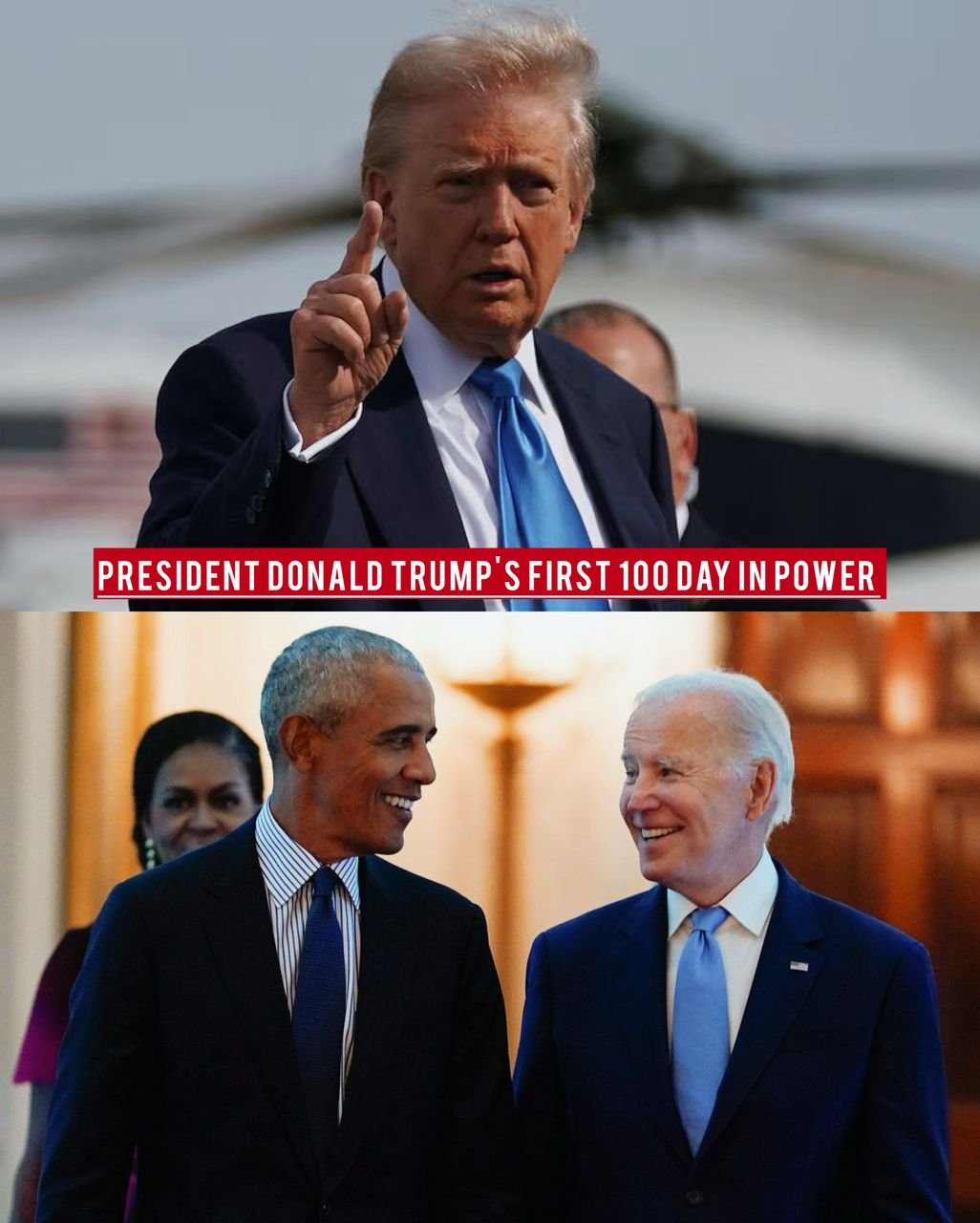He has initiated a global tariff war that is unprecedented in scope and has reduced U.S. foreign aid. He has endorsed Russia’s narrative regarding its invasion of Ukraine and has disparaged NATO allies. And he has discussed the possibility of annexing Greenland, reclaiming the Panama Canal, and establishing Canada as the 51st state.
The first 100 days of President Donald Trump’s tenure have been characterised by a chaotic and unpredictable campaign that has disrupted portions of the rules-based world order that Washington helped establish from the ruins of World War II.
Elliott Abrams, a conservative who served under Presidents Ronald Reagan and George W. Bush before being appointed U.S. special envoy on Iran and Venezuela in Trump’s first term, stated, “Trump is much more radical now than he was eight years ago.” “I have been taken aback.”
The “America First” agenda that Trump has implemented during his second term has resulted in the alienation of allies and the emboldening of adversaries, while simultaneously raising concerns about the extent of his willingness to go. Some governments have been so rattled by his actions, in addition to the uncertainty, that they are responding in a manner that may be difficult to reverse, even if a more conventional U.S. president is elected in 2028.

This occurs in the context of what the Republican president’s detractors perceive as indicators of democratic regress at home, which have prompted apprehensions abroad. Examples of these include the transfer of migrants to a notorious El Salvador prison as part of a broader deportation campaign, a pressure campaign against universities, and vitriolic attacks on judges.
Dennis Ross, a former Middle East negotiator for Democratic and Republican administrations, stated, “What we are witnessing is a significant disruption in global affairs.” “At present, there is no consensus regarding the nature of the situation or the forthcoming events.”
This evaluation of Trump’s restructuring of the global system is based on interviews conducted by Reuters with over a dozen current and former government officials, foreign diplomats, and independent analysts in Washington and other global capitals.
Although some of the harm that has already been inflicted may be permanent, there are those who believe that the situation may be reversible if Trump adopts a more moderate stance. He has already reversed his stance on certain matters, such as the timing and severity of his tariffs.
But they anticipate that numerous nations will implement enduring modifications to their relationships with the United States in order to protect themselves from Trump’s unpredictable policy decisions.
The aftermath has already commenced.
For example, certain European allies are seeking to enhance their own defence industries in order to decrease their dependence on U.S. weapons. The development of a nuclear arsenal in South Korea has been the subject of increased debate. And there is increasing speculation that the deterioration of relations could lead U.S. partners to move closer to China, at least economically.
The White House denies that Trump has eroded U.S. credibility, instead emphasising the necessity of addressing the “feckless leadership” of former President Joe Biden on the global stage.
The second term of President Donald Trump has been characterised by a trade war, stock market fluctuations, and Elon Musk’s DOGE, which has made efforts to reduce the federal workforce. The administration has made rapid progress, which has garnered praise from its supporters and criticism and lawsuits from its opponents.
However, how do the American public’s perceptions of Trump compare to those of Joe Biden and other former presidents?
Discover the information below. For more than three decades, NBC News has monitored presidential approval. The graphics below illustrate the current approval rating of Trump, as well as the historical approval ratings of Presidents Biden, Barack Obama, George W. Bush, and Bill Clinton. As new NBC News polls are released, this page will be updated.
Leave a Reply